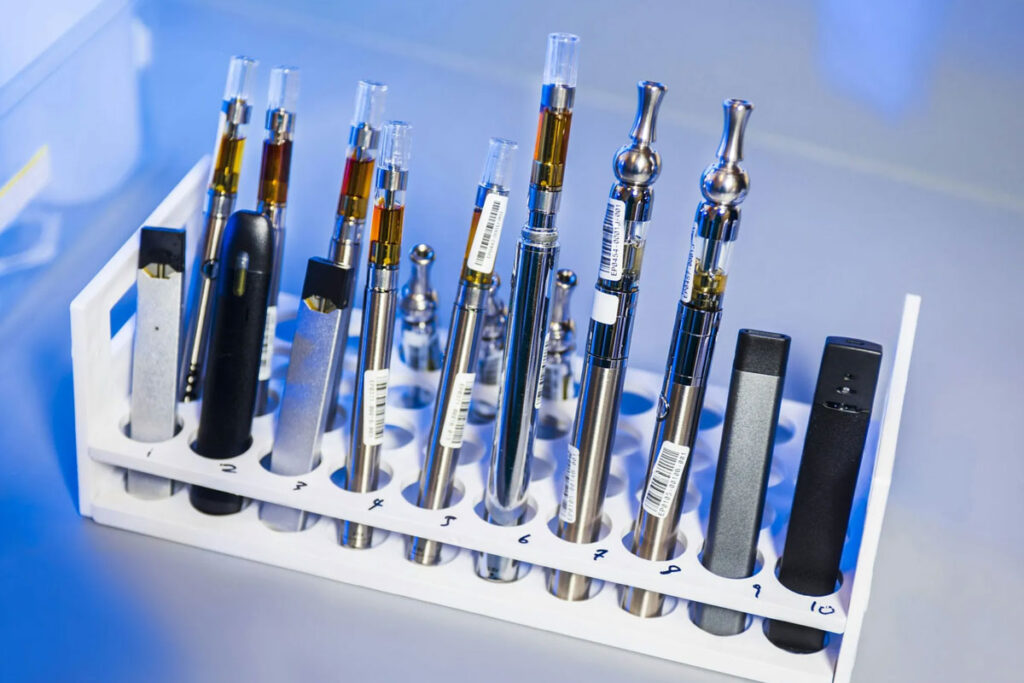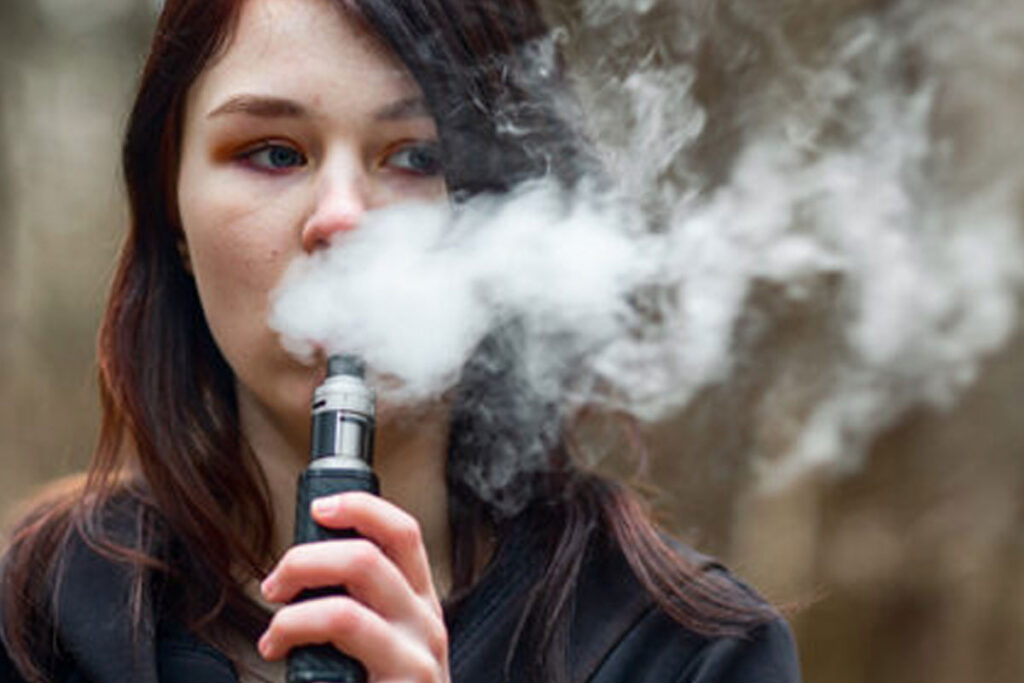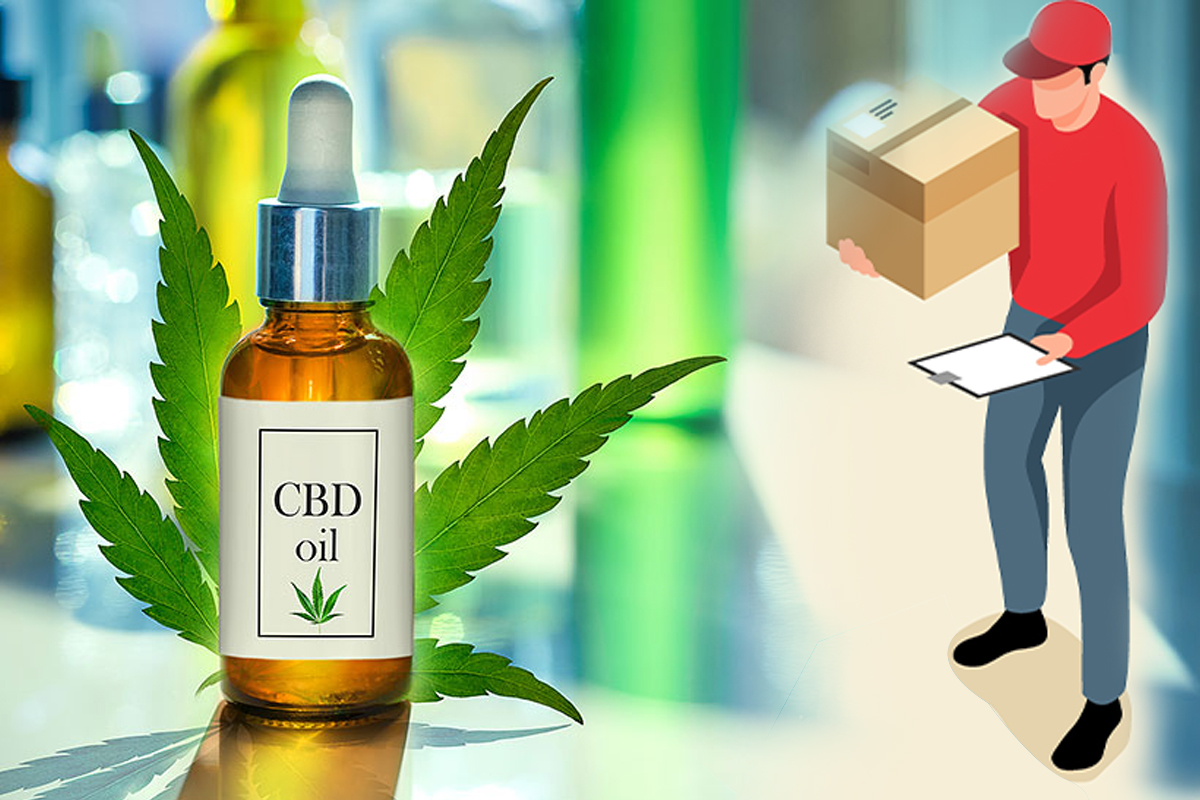How to Quit Vaping: A Comprehensive Guide to Kicking the Habit for Good
Vaping has gained popularity, but we must understand that it is a nicotine-containing product that can be addictive. Many people want to quit vaping for various reasons. As a professional vape media, we support everyone in quitting any nicotine product. If you are looking for guidance on how to quit vaping, then you have come to the right place. This guide will introduce you to why vaping is addictive, how to successfully quit, and how to stay smoke-free in the long term.
Why Quitting Vaping is Important

Vaping is often marketed as a safer alternative to smoking, but research shows it’s far from harmless. The Centers for Disease Control and Prevention (CDC) highlights the dangers of vaping, particularly with substances like nicotine and THC, which can lead to lung injuries such as EVALI (e-cigarette or vaping product use-associated lung injury). Additionally, nicotine is a highly addictive chemical that alters brain chemistry, making it difficult to quit. Long-term exposure to the chemicals in e-cigarettes can affect your cardiovascular and respiratory systems, putting you at risk for chronic health conditions.
Choosing to quit vaping is not just about breaking a habit—it’s about reclaiming your health.
Why Vaping is Addictive

Nicotine, the primary addictive substance in most e-cigarettes, binds to receptors in your brain, triggering the release of dopamine, a “feel-good” hormone. This reward system reinforces the habit, making you crave the short-term pleasure vaping provides. Over time, your brain relies on these nicotine-induced dopamine releases, making it harder to stop without experiencing withdrawal symptoms such as irritability, anxiety, and cravings.
Addiction isn’t just physical; it’s psychological too. Many people associate vaping with certain activities or feelings, such as socializing or stress relief. Breaking this mental association is often one of the biggest hurdles.
Deciding to Quit: Setting a Clear Motivation
Quitting smoking starts with our personal needs. Do you want to improve your health, save money, or get rid of your nicotine dependence? Identifying the reasons can help you maintain your resolve when times get tough. Write down your reasons for quitting smoking and review them when your will is weak because the process of quitting smoking will face you with various physical and mental trials.
Once you’ve identified why you want to quit, setting a quit date is an important first step. This is the day you will officially stop vaping, and it gives you something concrete to prepare for. Choose a date that’s within the next couple of weeks, but avoid high-stress days.
Creating a Personalized Quit Plan
A well-thought-out quit plan can increase your chances of success. Here are the main components of an effective plan:
- Identify Triggers: These are the people, places, or situations that make you want to vape. For example, some people vape when they’re bored, anxious, or hanging out with certain friends. Recognizing your triggers allows you to avoid or manage them.
- Find Coping Strategies: You’ll need healthy alternatives to replace the urge to vape. When a craving strikes, try deep breathing exercises, physical activity, or keeping your hands busy with a hobby. Exercise has been shown to reduce nicotine cravings by releasing natural endorphins, which can help improve your mood.
- Track Your Progress: Keep a journal or use an app to log your vape-free days, which can serve as positive reinforcement. Many people find that writing down their thoughts, challenges, and successes helps them stay on track.
Coping with Nicotine Withdrawal
Nicotine withdrawal can be challenging, especially in the first few days after quitting. Common symptoms include irritability, headaches, cravings, difficulty concentrating, and trouble sleeping. These symptoms are temporary, typically peaking within the first few days and subsiding within a few weeks. Here are some strategies to manage withdrawal:
- Nicotine Replacement Therapies (NRTs): Products like nicotine patches, gums, and lozenges can help reduce withdrawal symptoms by gradually decreasing the amount of nicotine in your system. Studies show that using NRTs can double your chances of successfully quitting.
- Stay Active: Physical activity can relieve stress, distract you from cravings, and release mood-enhancing endorphins. Even something as simple as going for a walk can help.
- Mindfulness and Meditation: These techniques can help you stay calm and centered when cravings hit. Mindfulness practices, such as focusing on your breath, can reduce stress and help you gain control over your impulses.
Building a Support System
Quitting vaping is easier when you don’t go it alone. Support from friends, family, and healthcare professionals can be incredibly helpful. Let the people around you know that you’re quitting, and ask for their support.
Online support groups or quitlines like 1-800-QUIT-NOW can connect you with experts who can offer advice and encouragement. You might also want to consider speaking to a healthcare provider about your decision to quit, especially if you’re using NRT or medications.
Avoiding Triggers and Social Pressures
Early on, it’s important to avoid environments and people that trigger the desire to vape. Social situations, such as hanging out with friends who vape, can be especially challenging. Here’s how to stay strong:
- Change Your Routine: If you normally vape at specific times or in specific places (like during breaks at work), change those routines. For example, take a walk during your break instead of vaping.
- Be Honest with Your Friends: Let them know you’re quitting, and ask for their support. If they truly care, they’ll respect your decision.
Replacing the Habit with Healthier Alternatives
One of the most effective ways to quit vaping is to replace the behavior with something healthier. Here are a few ideas:
- Exercise: Many people find that physical activity, like jogging or yoga, helps reduce cravings. It also improves mood and reduces stress.
- Mindful Activities: Activities that keep your mind and hands busy, such as drawing, knitting, or even playing a musical instrument, can be excellent distractions.
- Healthy Snacks: Sometimes, the physical act of vaping can be replaced with chewing sugar-free gum or snacking on fruits and vegetables.
Handling Relapse
Quitting vaping is a process, and setbacks are common. If you slip up, don’t get discouraged—relapse is part of the journey for many people. Reflect on what triggered the relapse and adjust your quit plan accordingly. The important thing is to get back on track right away.
The Long-Term Benefits of Quitting Vaping
Once you quit vaping, your body begins to heal almost immediately. Within days, your lung function improves, and your risk of lung disease begins to drop. Over time, you’ll experience improvements in your cardiovascular health, sleep patterns, and mental clarity. You’ll also save money that would have been spent on vape devices and e-liquids.
Mentally, quitting can lead to a boost in self-confidence and a sense of control over your life. The longer you stay vape-free, the more noticeable these benefits will become.
Staying Vape-Free in the Long Run
To maintain your success, it’s crucial to stay vigilant. Celebrate milestones, such as your first vape-free month, and reward yourself for your efforts. Continue using the support systems and coping mechanisms that helped you quit. Above all, remember why you started this journey—to regain control over your health and well-being.
FAQs
- How long does it take to quit vaping?
It varies from person to person. For some, physical withdrawal symptoms peak within the first few days and fade after a few weeks, but mental cravings can linger for months. - What are the most common withdrawal symptoms?
Nicotine withdrawal can cause headaches, mood swings, irritability, anxiety, and trouble sleeping. - Is nicotine replacement therapy effective for quitting vaping?
Yes, using NRTs can significantly increase your chances of quitting successfully by easing withdrawal symptoms. - Can vaping cause permanent lung damage?
Yes, prolonged vaping can lead to serious lung conditions such as EVALI and chronic bronchitis, especially when using THC or vitamin E acetate. - Can I quit vaping cold turkey?
While some people quit cold turkey, most find it helpful to use nicotine replacement therapies or medications to manage withdrawal symptoms. - What should I do if I relapse?
Don’t get discouraged. Reflect on what led to the relapse, adjust your quit plan, and try again. Many people successfully quit after multiple attempts.








